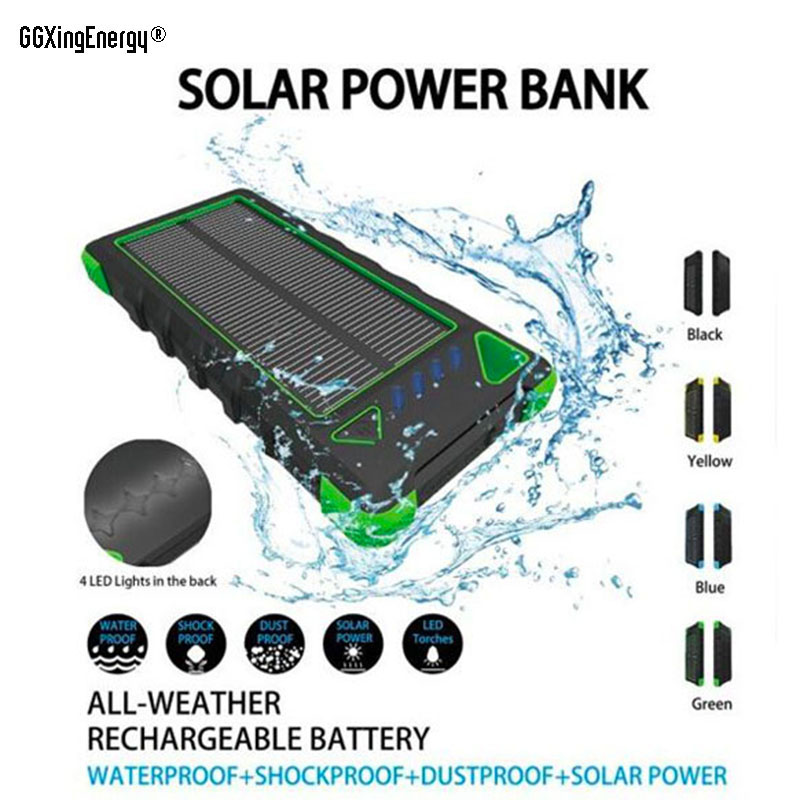The Efficiency of Solar Chargers: How Well Do They Convert Sunlight into Electricity
2024-05-28
Solar chargers have gained significant popularity in recent years as a renewable and environmentally friendly way to power our electronic devices. But how efficient are they really in converting that elusive sunlight into usable electricity? Let's delve into the intricacies of solar charger efficiency and explore the factors that influence it.
Understanding Solar Charger Efficiency
Solar charger efficiency refers to the amount of sunlight that a solar panel can convert into usable electricity. This efficiency is measured in percentage terms, indicating how much of the incident solar radiation is converted into electricity.
Key Factors Influencing Efficiency
Material Used:
The type of material used in the solar panel significantly impacts its efficiency. Common materials include monocrystalline silicon, polycrystalline silicon, and thin-film cells. Monocrystalline silicon panels tend to have the highest efficiency ratings, while thin-film cells may be less efficient but more flexible and lightweight.
Panel Design:
The design and construction of the solar panel also play a role in its efficiency. Features like anti-reflective coatings, optimized cell spacing, and improved junction box design can help maximize the amount of sunlight absorbed and converted into electricity.
Weather Conditions:
Weather conditions, such as cloud cover, humidity, and temperature, can affect the efficiency of solar chargers. Sunny and clear skies are ideal for maximum solar energy production, while cloudy or rainy days can reduce the amount of sunlight available for conversion.
Angle and Orientation:
The angle and orientation of the solar panel relative to the sun's position also influence its efficiency. Panels that are properly aligned and tilted to face the sun will absorb more sunlight and convert it into electricity more efficiently.
Average Efficiency Ratings
Solar charger efficiency ratings can vary widely depending on the factors mentioned above. In general, however, most solar panels have an efficiency rating of around 15% to 20%. This means that for every 100 watts of solar radiation that hits the panel, it will convert approximately 15 to 20 watts into usable electricity.
While this may seem like a relatively low efficiency, it's important to note that solar chargers are designed to provide a continuous source of energy over long periods of time. Even with lower efficiency ratings, they can still provide significant amounts of electricity for charging devices or powering small appliances.
Conclusion
In summary, solar chargers are efficient in converting sunlight into electricity, but their efficiency ratings can vary depending on the material used, panel design, weather conditions, and angle/orientation. While they may not have the highest efficiency ratings compared to other energy sources, solar chargers offer a renewable and environmentally friendly way to power our devices and reduce our reliance on fossil fuels. As technology continues to improve, we can expect to see even more efficient solar chargers in the future.



